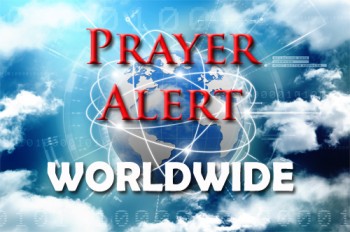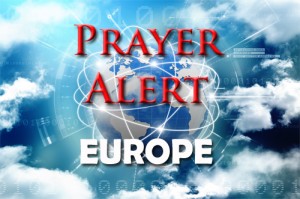Displaying items by tag: Greenland
Arctic Circle: unprecedented wildfires
The Arctic region’s hottest June ever has brought its worst wildfire season on record. Huge blazes in Greenland, Siberia and Alaska are producing plumes of black carbon smoke that can harm humans and other animals by entering the lungs and bloodstream. Wildfires also play a role in global warming as underlying peat catches fire emitting as much CO2 in June as Sweden emits in a year. Russia's forestry agency reported black noxious fumes covering entire cities. The fire areas in Siberia are larger than Massachusetts, as eleven of forty-nine Russian regions burn. Greenland’s blaze came as the vast ice sheet melt started a month early. Alaska stated that 400 fires have been reported. Such fires can last months. Currently blazes are only controlled when they threaten settlements. On 1 August the BBC reported that Russia is sending soldiers to fight Siberia’s 7.4 million acres of fires.
Raising awareness of climate change
An artwork was unveiled in London on 11 December, to coincide with the climate change conference taking place in Poland. Centuries-old Greenland icebergs weighing between 1.5 and 6 tonnes keep melting. This installation seeks to bring the effects of climate change closer to home, putting people in direct contact with its effects. The icebergs remind us we have only twelve years to limit the worst effects of climate change, and they also represent another 10,000 blocks of ice which are falling from the same ice sheet in Greenland every single second. ‘People need to face the tangible consequences of their actions’, states the artist on his website. Meanwhile NASA has detected new signs of large glaciers in East Antarctica losing ice. This area has long been considered more stable than West Antarctica.
Arctic Sea breaking up for first time
The oldest and thickest sea ice in the Arctic has started breaking up, opening waters north of Greenland that are normally frozen, even in summer. This phenomenon, never previously recorded, is due to warm winds and a climate-change driven heatwave. One meteorologist described the loss of ice as ‘scary’. Others said it could force scientists to revise their theories about which part of the Arctic will withstand warming the longest. ‘I think that solar heating of the water column will increase during this opening (of the ice) and this will delay freeze-up and ice formation,’ said an expert at the Danish Meteorological Institute. Freakish Arctic temperatures have alarmed climate scientists since the beginning of the year. There are concerns that the polar vortex may be eroding.
Easter in Greenland
There are 3,300 Americans, 7,600 Danes and 44,000 Eskimos in Greenland. Although they profess to be a Christian country, the most important Greenland holiday is National Day followed by Arctic Palerfik (an April dogsled event) and the Polar Circle Marathon. At Easter homes and shops are decorated in green and yellow with branches and daffodils. The Easter symbol is the egg, and a tradition is sending teaser letters. In the weeks before Easter people cut out elaborate letters, on which they write a so-called teaser verse. The anonymous letter is signed with a number of dots corresponding to the number of letters in the sender’s name. The recipient must guess who sent it. The pledge is a chocolate Easter egg redeemed at Easter. The letter is accompanied by a snowdrop, the first flower of the year.



